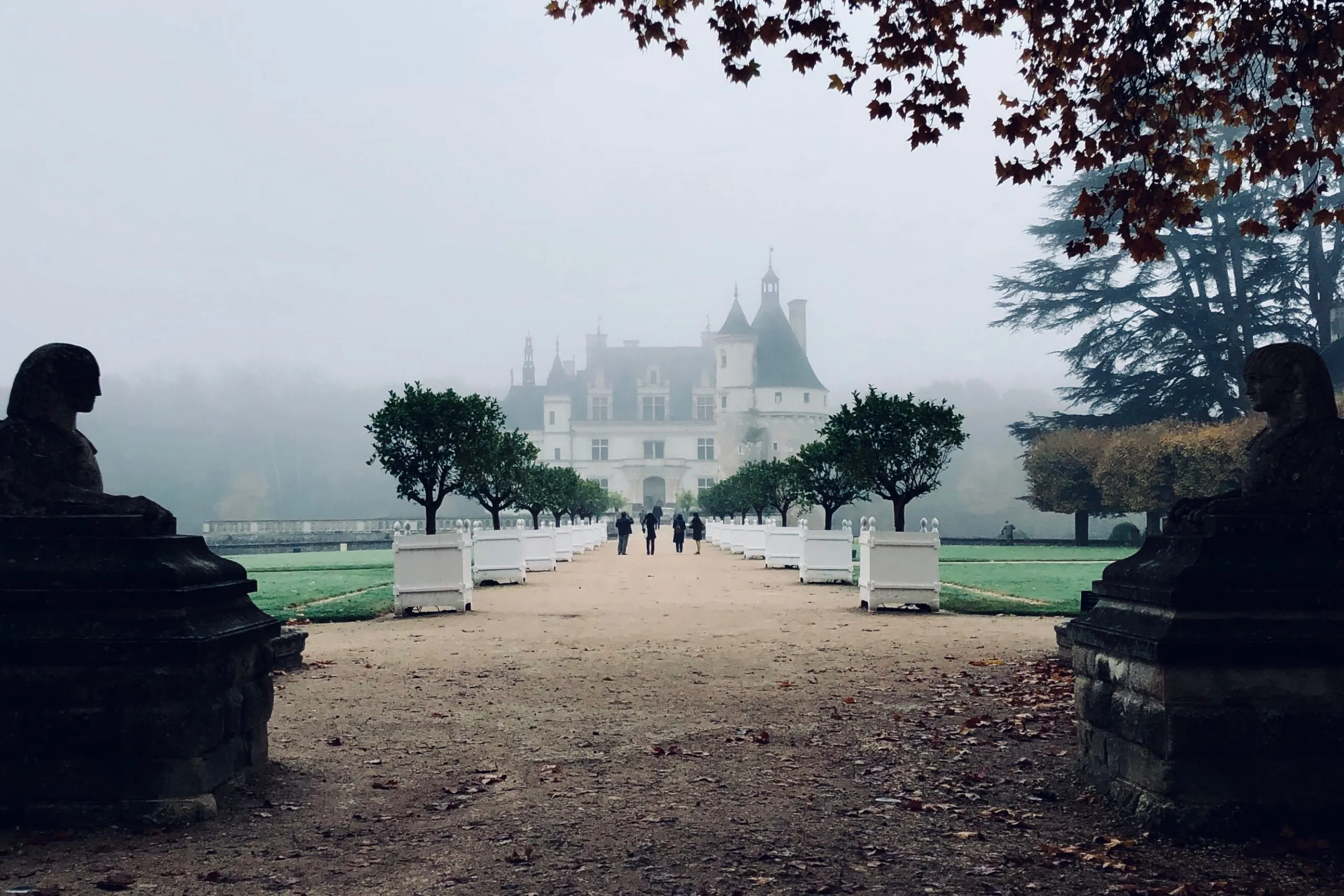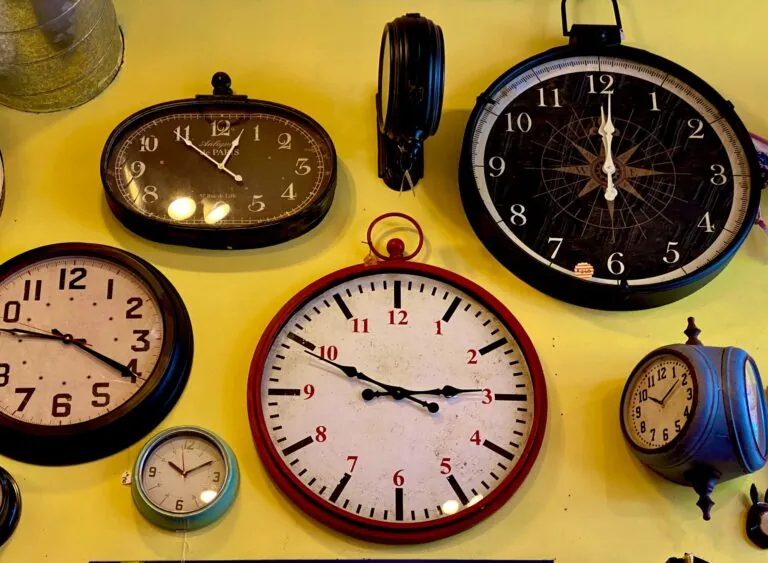Give Your Reader a Sense of Place
Setting is more than a backdrop for a story. A backdrop is a painted cloth hung at the back of the stage to create the appearance of a larger scene on stage. In a novel, you have room to bring your setting to life by placing your characters in the scene and interacting with the world around them.
Setting gives readers a sense of place. The more you integrate the setting the deeper connection you build with your reader. Your story makes them feel as if they are there. As you integrate physical details of the setting into the story, your reader empathizes with your characters, especially your sleuth.
Rather than a paragraph explaining (telling) the setting, scatter setting details throughout a scene. Use the five senses – taste, smell, touch, hearing, sight – to get your reader feeling the setting.
Here are four ways to get those details into a scene without a long descriptive passage.
Mood
How many television mysteries have you seen with a full moon at night shining through tree branches? Bang! You know it’s a mystery. This image is overused so I don’t recommend the full moon through tree branches. But, you can set the mood of threat, with dark spaces like the woods, a dank basement, or even the proverbial graveyard. A quick sentence can set the mood without slowing down your reader with a long, descriptive passage.
Physical
When your sleuth reacts to the setting, you build empathy for your reader. Get your sleuth and characters react to the physical details through sensory imagery. When you use these details, setting becomes like another character in your story influencing character actions. Jane Harper used these details effectively in her debut mystery,
The Dry. And James Lee Burke’s characters interact with the Louisiana bayous and New Orleans city streets in his Dave Robicheaux series, beginning with his first mystery,
The Neon Rain.
Emotional
Setting can set off emotions in your characters. Frustration in the cold, lethargy in the heat, discomfort in a sterile room with no personal touches and other emotional responses to the setting can cloud your sleuth’s reasoning missing important clues that appear later as signals to the villain.
Obstacle Generator
Setting is a treasure trove of obstacles for your sleuth to overcome. From tripping in a messy room just when she needs to confront the villain to fainting in the heat, your setting details mess up your sleuth’s life. They are useful in scenes that need an obstacle to raise tension.
Use Setting Details
Specifics make your story come alive. It doesn’t matter where you place your story. Your hometown, a far-away exotic location, an historical country manor, a big city all have the ingredients your need to let setting add impact. Michael Connelly sets Harry Bosch in L.A. Place names, street names, sounds, and tastes all add to making the city of Los Angeles part of each story.
Self Publishing School adds more details about the setting and your characters
here.
Your challenge as a writer is to illustrate the details that impact your characters. Show emotional depth when your protagonist love the sunset over the mountains/plains/coastline. Place a chase scene on a crowded highway with a soccer mom with an SUV full of kids impeding your sleuth’s high-speed chase. Hide a clue in the detritus on the forest floor. When your sleuth interacts with the environment, you give your reader a sense of place.
hoto by Joao Tzanno on Unsplash
Zara Altair




